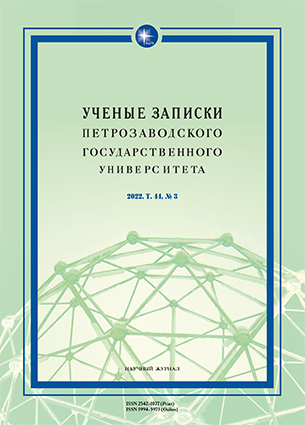КАК АЛФАВИТНЫЙ ОРАКУЛ ПРЕВРАЩАЛ ПРЕДДВЕРИЯ ГРОБНИЦ В СВЯТИЛИЩА
HOW ALPHABETICAL ORACLE TRANSFORMED TOMB VESTIBULES INTO SANCTUARIES
Author(s): Elena Vladimirovna PrikhodkoSubject(s): Language and Literature Studies, Cultural history
Published by: Петрозаводский государственный университет
Keywords: rock sanctuary; alphabetical oracle; Lycia; Pisidia; Kibyratis; prophetic spirit of the place; Adada; Anbarcık; Oinoanda; Olympus;
Summary/Abstract: Most rock sanctuaries founded in the lands of Lycia, Kibyratis and Pisidia in I–III AD were of a votive type. But at the same time, some inhabitants of cities of Adada and Kibyra founded two sanctuaries with the alphabetical oracles carved on the rock and the inhabitants of cities of Oinoanda and Olympus carved inscriptions with analphabet oracle on the facades of three tombs. Previously, these sanctuaries were studied only separately, therefore, their comparison determines the scientific novelty of the research and its relevance. The author of the article aims to put up a logical chain of transition from one type of sanctuary to another and explain the emergence of inscriptions with an alphabetical oracle in the vestibules of tombs, which does not align with the traditional rules for their design. It is proved that according to the beliefs of the inhabitants of the region, the text of the alphabetical oracle, carved on a rock or wall, created a sanctuary with oracle around itself. People believed that in these sanctuaries the god – particularly Hermes, who was the patron of this type of mantic art – gave his responses with the help of the oracle, the prophetic spirit of the place, as it was in the great sanctuaries. Thus, votive sanctuaries consolidated the very idea of rock sanctuaries, and then their content was changed – the votive inscriptions were replaced with an alphabetical oracle, and the next step was to move the sanctuaries with an alphabetical oracle to the vestibule of the tombs. Having shown how this became possible, the author comes to the conclusion about the purpose of such a combination of actions: the owners of these tombs sought to ensure that the inhabitants of the city would come there to consult the god and thus would take care of the tombs and remember the names of those who rested in them.
Journal: Ученые записки Петрозаводского государственного университета
- Issue Year: 44/2022
- Issue No: 3
- Page Range: 97-103
- Page Count: 7
- Language: Russian

